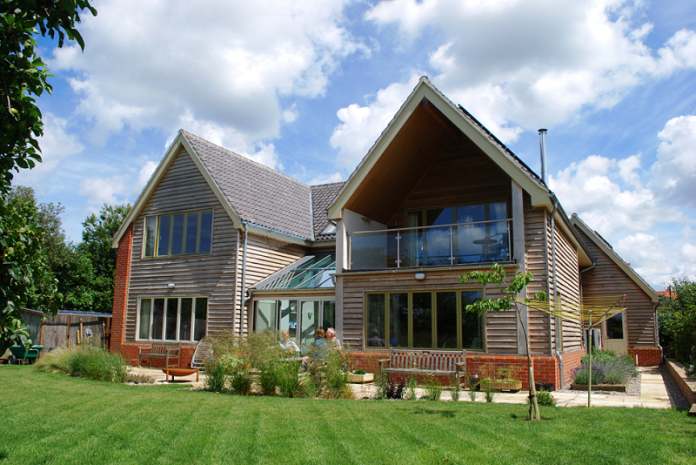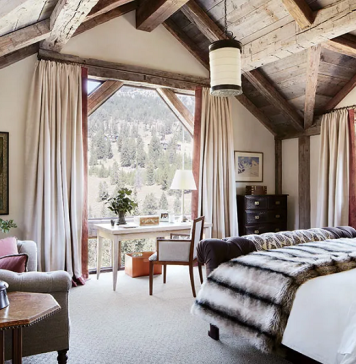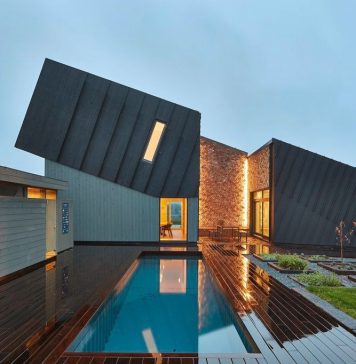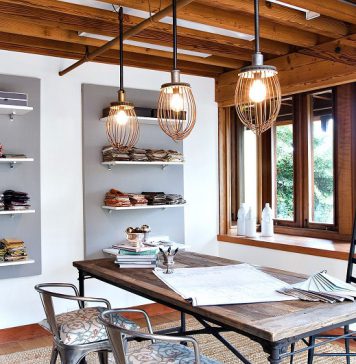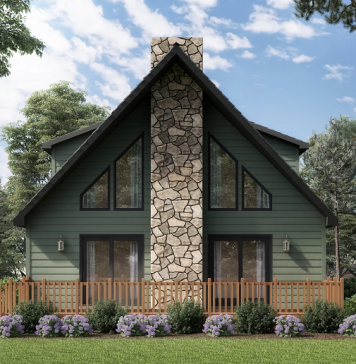Exproperti.com – Before cladding your house, you should measure all exterior walls. Take into account the space around doors and windows, as well as any corners. Install a plywood sheathing before cladding. Insulate your home to improve its energy efficiency. If you are unsure about the installation process, consult a professional to learn more. Then, begin cladding the walls. If you do not know where to start, follow the steps below.
Considerations Before Choosing House Cladding
Before you choose house cladding, you should carefully consider its pros and cons. Traditional monolithic cladding such as stucco, solid plaster, and fibre cement sheet require ongoing maintenance and are not as water resistant as other types. You should also choose a material that can withstand fire for a longer period of time. One popular material for cladding is stone. This material provides a more natural look and an ancient feel to the building. It is durable and lightweight and will enhance the appeal of your home.
Before deciding on cladding, you should consider whether you need planning permission. If your property is in a conservation area or a listed building, you will need to apply for planning permission. If you’re not sure if you need planning permission, contact a local authority and discuss the options. It’s important to seek permission from the local authority before implementing a major change to your home. If you have the necessary permission, you’ll be on your way to enjoying your new home in no time.
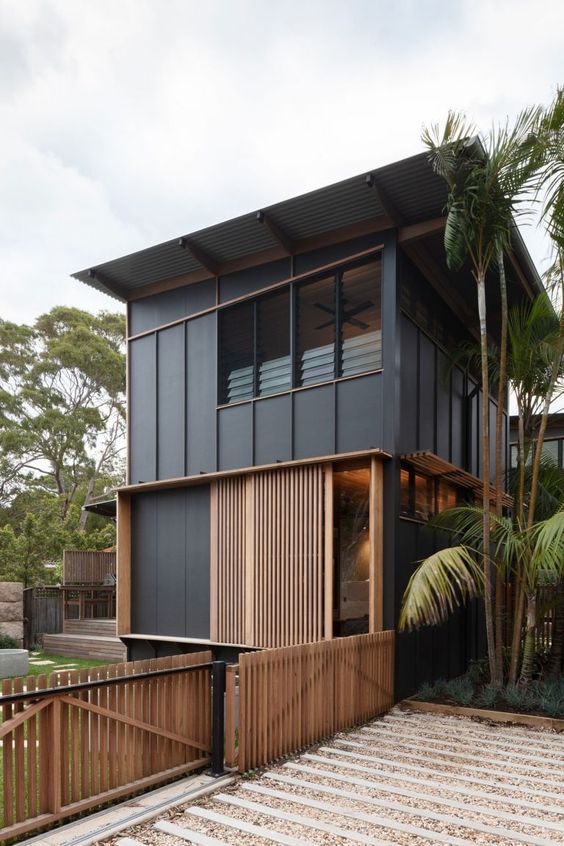
One disadvantage of house cladding is that it can prevent you from selling your property. Because many buyers dislike the materials, they may not want to purchase it. But because cladding makes your home unmortgageable, a lender will reject it. This can cause a long delay before you can get the right price. So if you’re considering selling your home, check with local estate agents and mortgage lenders to find out what’s happening with these properties. In addition, cladding can make your property unmortgageable until the issue is resolved.
Using Traditional Brick Facade
While a traditional brick facade is an attractive choice for a contemporary, industrial look, stone is also a classic choice. A well-placed stone facade is a must-have. You can also introduce timber looks with vinyl cladding. Because vinyl cladding is resistant to sunlight and harsh Australian weather conditions, it doesn’t disintegrate. It also offers a wide range of colours and can save you exterior painting. It can also be used to highlight the main entrance or balcony, and to match the overall volume.
Aside from enhancing the appearance of your home, house cladding improves its insulation properties and helps it resist fire and vermin. It also offers more flexibility for cleaning. You should carefully consider all the main and secondary factors before making your final decision. You should also carefully consider the types of cladding material. It’s worth considering which type is best for your home and your budget. So consider the benefits of cladding and start renovating your home!
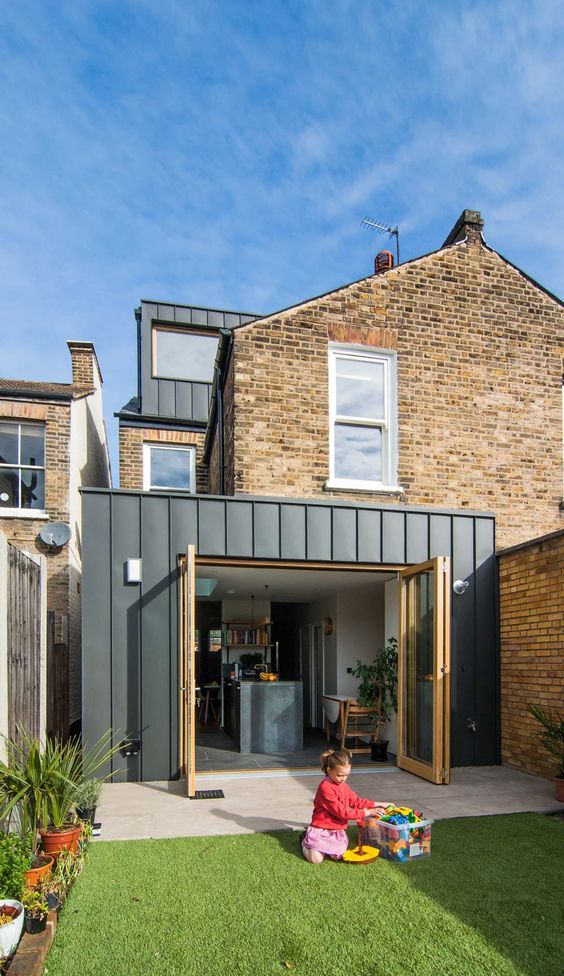
Metal cladding is a low maintenance and durable option. It’s composed of a composite of cement, sand, and wooden fibre. Its appearance allows you to design unique colour combinations. And it’s recyclable. The cost of aluminum cladding doesn’t outweigh its low maintenance, making it an excellent option for new homes. There’s a wide range of cladding materials to choose from – just make sure you consult a professional before making a decision.
Tips for Getting Home Cladding Materials
Embedded energy is an important factor to consider when selecting a cladding material. It depends on the material used and its overall manufacturing process. It’s best to contact the manufacturer of your choice to get specific embodied energy metrics. A well-designed blend of materials offers a pleasing look and can match your specific conditions. If you are new to cladding, a DIY guide can be useful to avoid expensive mistakes.
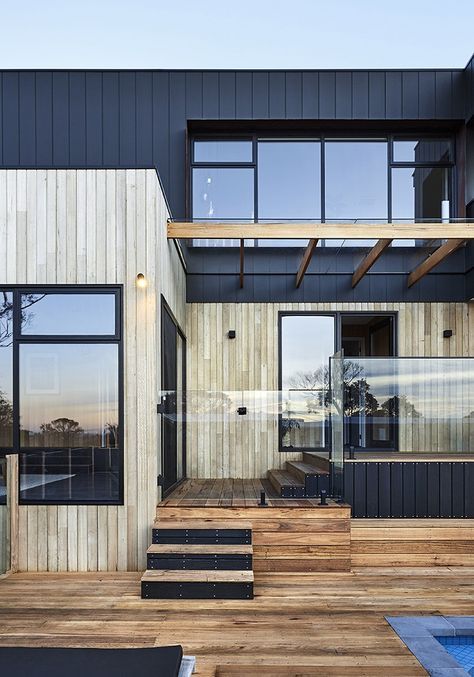
Charred timber is another popular choice. Charred timber is a type of wood that has been charred using the ancient Japanese method of shou sugi ban. It doesn’t require maintenance and is resistant to UV rays. There are also modified timbers that provide superior stability and resistance. Modified timbers are an environmentally friendly alternative to hardwoods and are widely used for cladding. This type of cladding offers many benefits.

